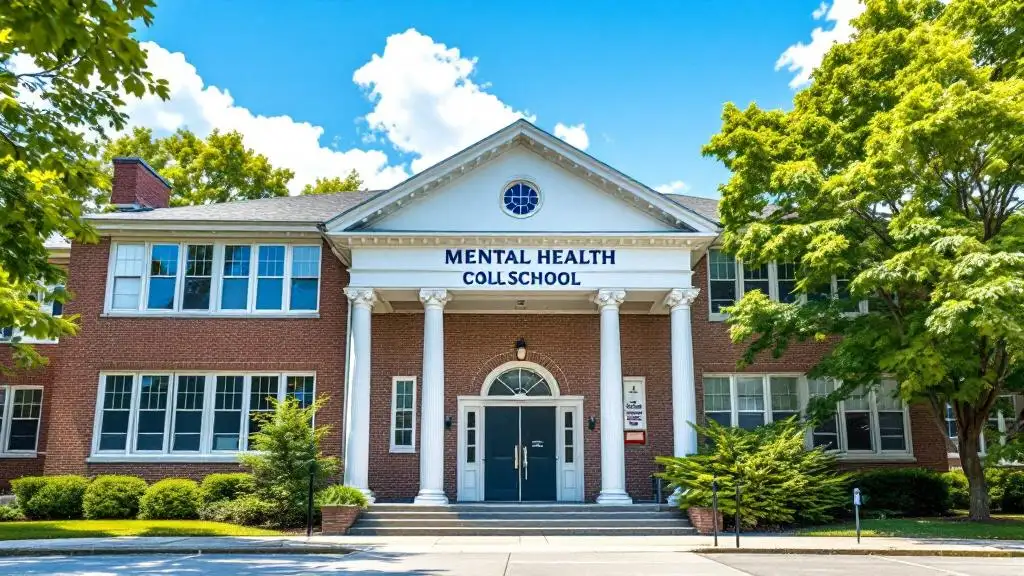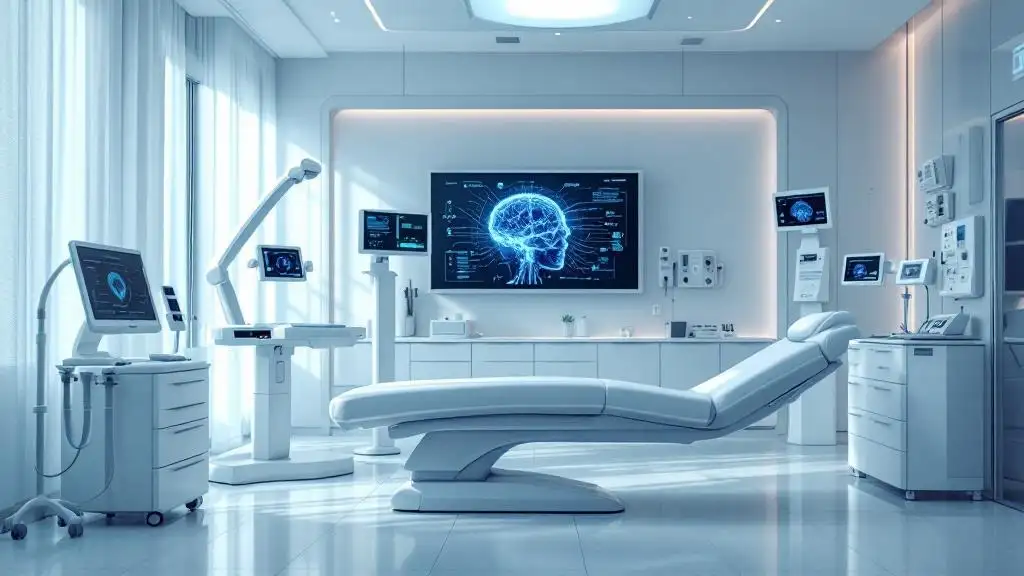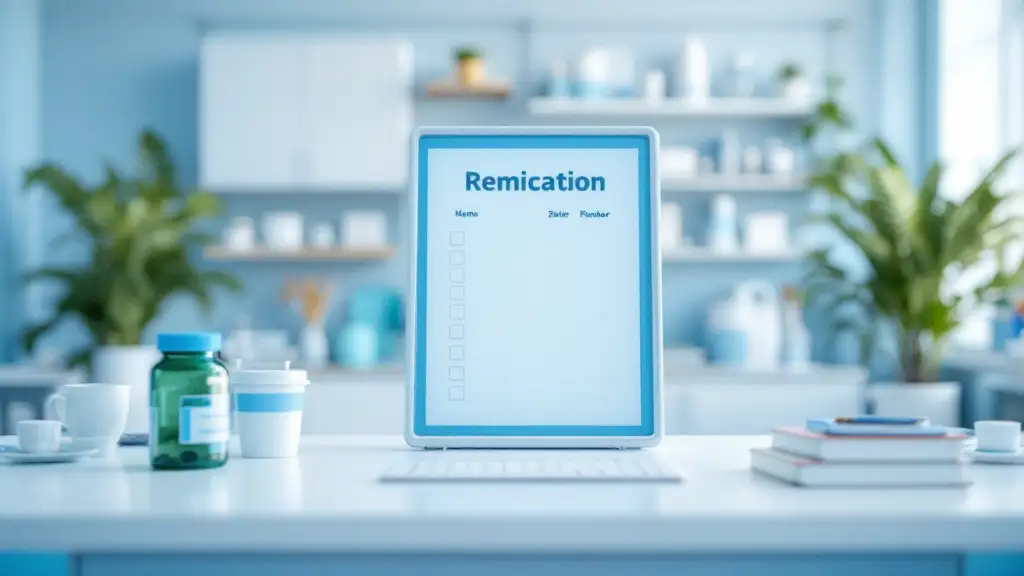Rising Anxiety Among Teens Calls for Targeted Group Therapy Solutions
As anxiety rates among adolescents surge, specialized group therapy programs have emerged as effective interventions. Evidence-based curriculums designed to support teens in managing anxiety symptoms foster peer connection and skill-building in supportive group settings. This article explores these group therapy curricula, the clinical frameworks backing them, and how they fit within broader comprehensive mental health services for youth.
Understanding the Need: Trends in Youth Anxiety and Depression
What are the current trends in anxiety and depression rates among youth?
Anxiety and depression among young people have seen a sharp rise in recent years. Between 2016 and 2020, diagnoses increased dramatically—anxiety by 29% and depression by 27%. These upward trends reflect growing mental health challenges impacting children and adolescents across the globe.
How has the COVID-19 pandemic affected youth mental health?
The COVID-19 pandemic has intensified existing mental health struggles among youth. Disruptions to daily life, social isolation, and increased stressors have contributed to worsening anxiety and depression levels. Many young individuals faced unprecedented challenges, making mental health care more crucial than ever.
What are the suicide risk statistics among adolescents?
Suicide remains a grave concern in youth mental health. It is the second leading cause of death for children aged 10 to 14 and the third leading cause for those aged 15 to 19. Among young adults aged 25-34, suicide also ranks as a major cause of mortality. These statistics underscore the urgent need for effective preventive measures and support systems targeting at-risk youth.
Addressing these alarming trends requires early identification, targeted interventions, and comprehensive mental health support to promote resilience and well-being in young populations.
Key Components of Comprehensive Mental Health Services for Teens
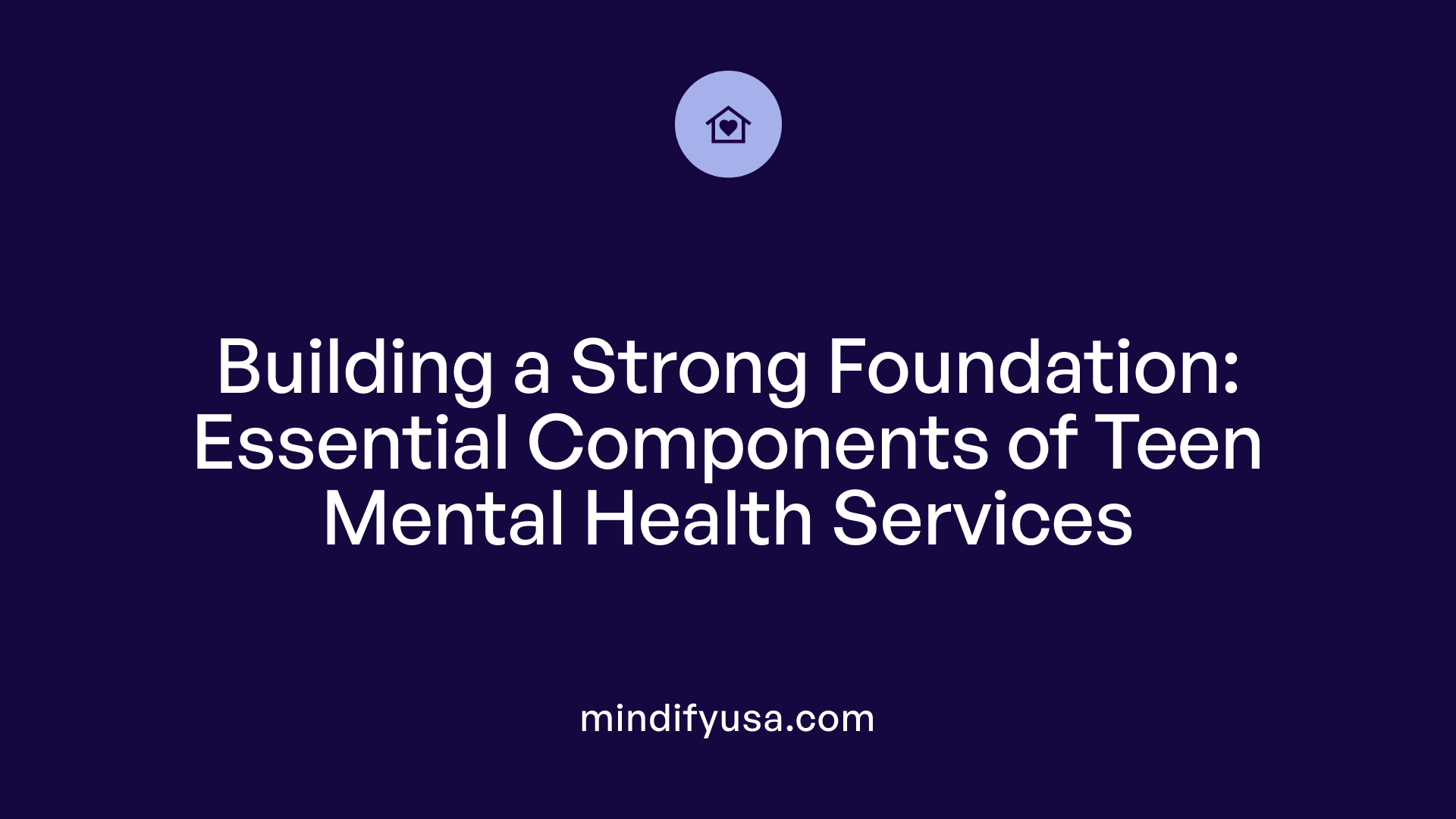
What comprehensive mental health services are typically included for treating anxiety and depression?
Comprehensive mental health care for teens with anxiety and depression integrates multiple approaches to address their diverse needs effectively. Central to treatment are evidence-based therapies like cognitive behavioral therapy (CBT), which has proven efficacy in reducing symptoms of anxiety and depression. Behavioral interventions, including the brief, workbook-guided FAST programs, offer practical strategies for youth and families.
Medication management also plays a critical role, particularly using antidepressants to help regulate mood and alleviate anxiety symptoms. These medications are often coordinated alongside psychotherapy to create a balanced treatment plan.
Support groups and community resources complement formal therapies. For example, group therapies targeting various age groups provide social support and skill-building opportunities. Initiatives funded by federal programs like SAMHSA’s Project AWARE and school-based suicide prevention programs further enhance access to mental health promotion and early intervention.
Integrated care models emphasize collaboration among licensed psychologists, social workers, pediatricians, and other health professionals to ensure holistic and continuous care. Crisis interventions and safety planning are essential components, especially considering the high suicide risk among youth populations.
This multi-layered approach, supported by extensive resources and guided by evidence-based best practices, aims to improve outcomes and support resilience in teens facing anxiety and depression.
Group Therapy Curriculums Tailored for Teens with Anxiety
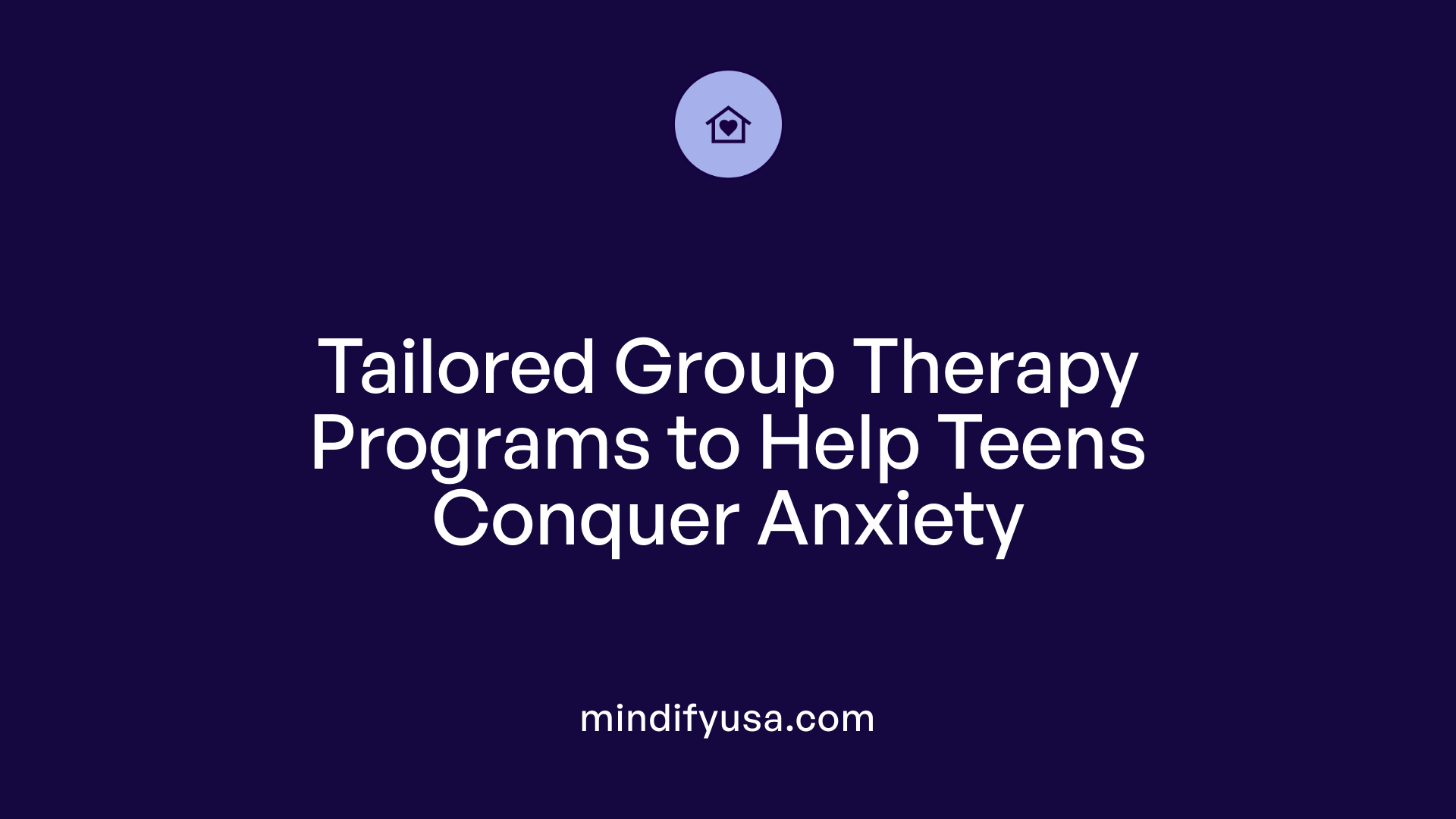
How are group therapy curriculums designed specifically for teens with anxiety?
Group therapy programs for teens with anxiety are thoughtfully developed to address their unique needs with evidence-based approaches. For example, the FAST-A program is an exposure-based treatment delivered through a brief, workbook-guided format that helps youth confront and manage anxiety in manageable steps.
The Child Mind Institute advances this tailored focus by offering age-appropriate group therapies, including programs such as Brave Buddies® for younger children, social anxiety groups for ages 9-24, and an intensive obsessive-compulsive disorder (OCD) program designed to meet specific clinical needs. These groups utilize cognitive behavioral therapy (CBT), a proven method to reduce anxiety symptoms by teaching coping skills and cognitive restructuring.
Parents also play an integral role in the therapeutic process. The institute provides a parent-focused webinar series known as PACT, which equips caregivers with evidence-based coping strategies to support their children’s anxiety management effectively.
Research supports these approaches, highlighting that group CBT reduces anxiety in youth with a standardized mean difference (SMD) of -0.33, reflecting notable improvement. Combining direct therapeutic engagement for teens with parent education ensures a comprehensive support system to foster better outcomes.
Table: Overview of Group Therapy Components for Teens with Anxiety
| Program/Component | Description | Target Audience |
|---|---|---|
| FAST-A | Exposure-based brief workbook-guided therapy | Youth with anxiety |
| Child Mind Institute Groups | Age-specific CBT groups including social anxiety and OCD | Children and teens 9-24 |
| PACT Webinar Series | Parent training on coping and support strategies | Parents of anxious youth |
These group curriculums combine clinical rigor with practical tools to improve teen anxiety symptoms, rooted in research and clinical best practices.
Clinical Assessment and Provider Roles in Group Therapy for Anxiety
Use of validated screening tools (CTS, CATS, PROMIS, PHQ9)
Effective group therapy for anxiety in youth begins with thorough clinical assessment. Validated tools such as the Child Trauma Screen (CTS) and the Child and Adolescent Trauma Screen (CATS) help identify trauma-related symptoms that may underlie anxiety. The PROMIS youth- and caregiver-report measures provide a broad evaluation of emotional and behavioral health, while the PHQ9 is a standard tool for detecting depression symptoms that often coexist with anxiety. These instruments are efficient and suitable for primary care settings, allowing for timely identification and referral of youth in need of group treatments.
Role of child psychologists, social workers, pediatricians in therapy
Group therapy for anxiety is delivered by a multidisciplinary team including child and adolescent psychologists, social workers, and pediatricians. Psychologists lead evidence-based interventions such as cognitive behavioral therapy, ensuring treatment approaches are scientifically grounded. Social workers contribute by addressing social and familial factors, facilitating communication between families and care teams. Pediatricians play a critical role in screening during health visits and managing any medical issues that may impact mental health. This collaborative team approach provides comprehensive care tailored to each child's unique needs.
Rigorous clinical frameworks supporting group interventions
Clinical group therapies like those provided by the Child Mind Institute use structured, evidence-based frameworks tailored to specific age groups and symptom profiles. Programs such as Brave Buddies® and Emotion Detectives apply workbook-guided, exposure-based treatments to support anxiety management in young children. The clinical rigor of these programs is reinforced by ongoing assessment using validated tools and monitoring of treatment outcomes. This ensures that therapies remain effective, engaging, and responsive to developmental and clinical variations among participants.
School-Based and Community Initiatives Supporting Group Therapy
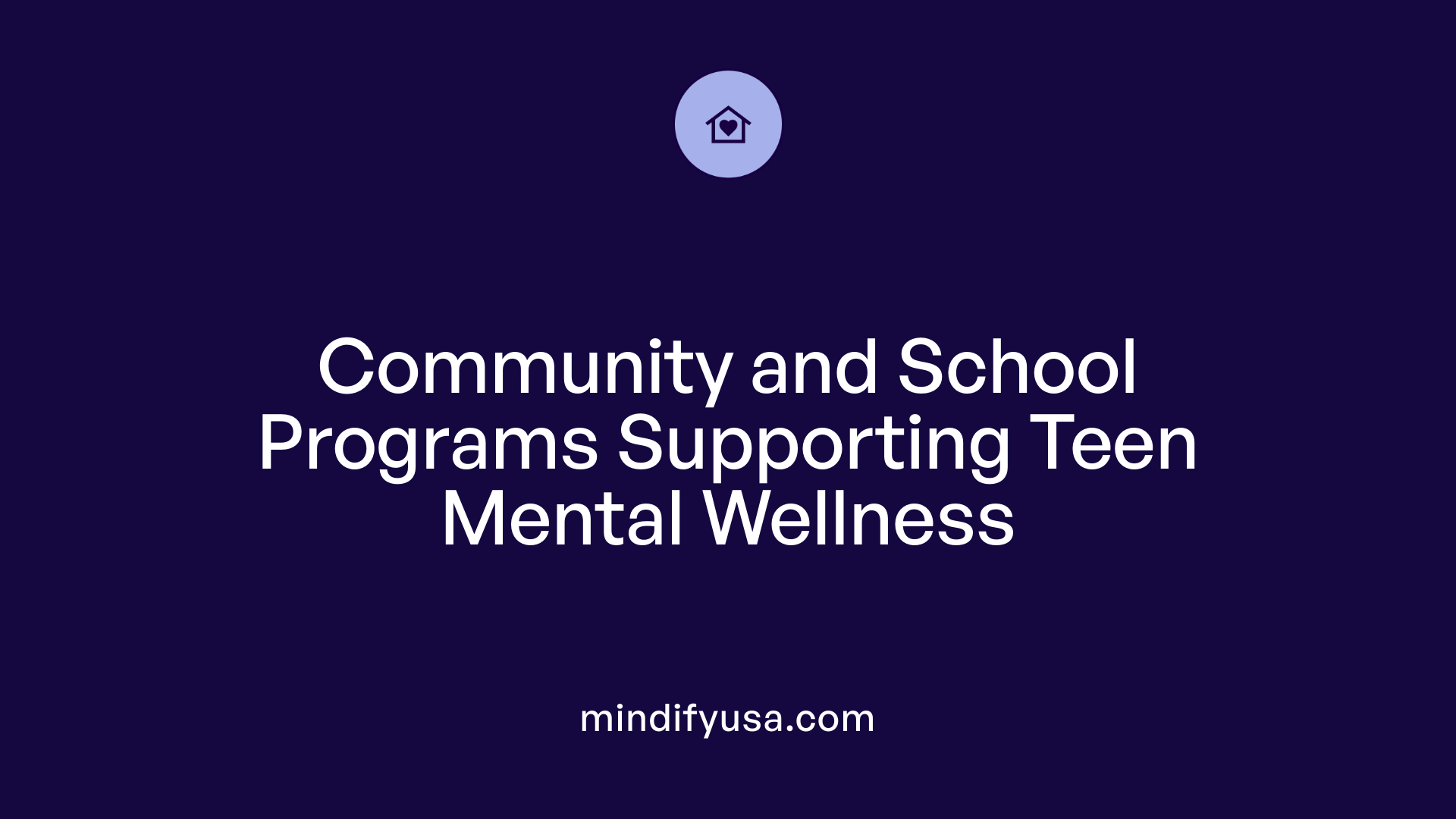
What school-based suicide prevention programs are available?
School-based suicide prevention programs often combine didactic and experiential components to increase short-term knowledge about suicide and prevention. While these programs effectively enhance awareness, they may have limited impact on changing attitudes or behaviors immediately. Such initiatives are vital in creating a supportive environment within schools for early identification and intervention.
How does SAMHSA support mental health in schools?
The Substance Abuse and Mental Health Services Administration (SAMHSA) funds initiatives like the Project Advancing Wellness and Resiliency in Education (AWARE). This program improves mental health awareness and response capabilities in school settings, helping educators and staff better support youth facing mental health challenges.
What role do community activities play in promoting behavioral health?
Community-based activities, including music, dance, and visual arts, offer positive outcomes in behavioral changes. These programs foster self-confidence, self-esteem, and physical activity among youth. Participation in such creative outlets complements formal therapeutic approaches and enhances overall well-being.
How does legislation influence school mental health services?
Legislation like the Bipartisan Safer Communities Act provides substantial funding for community mental health services, including those based in schools. This funding supports the expansion of mental health programs, enabling schools to adopt comprehensive services such as group therapies and behavioral interventions.
These initiatives collectively strengthen the mental health support system for young people, emphasizing prevention, early intervention, and community engagement.
Evidence Supporting Group Therapy Effectiveness for Youth Anxiety and Depression
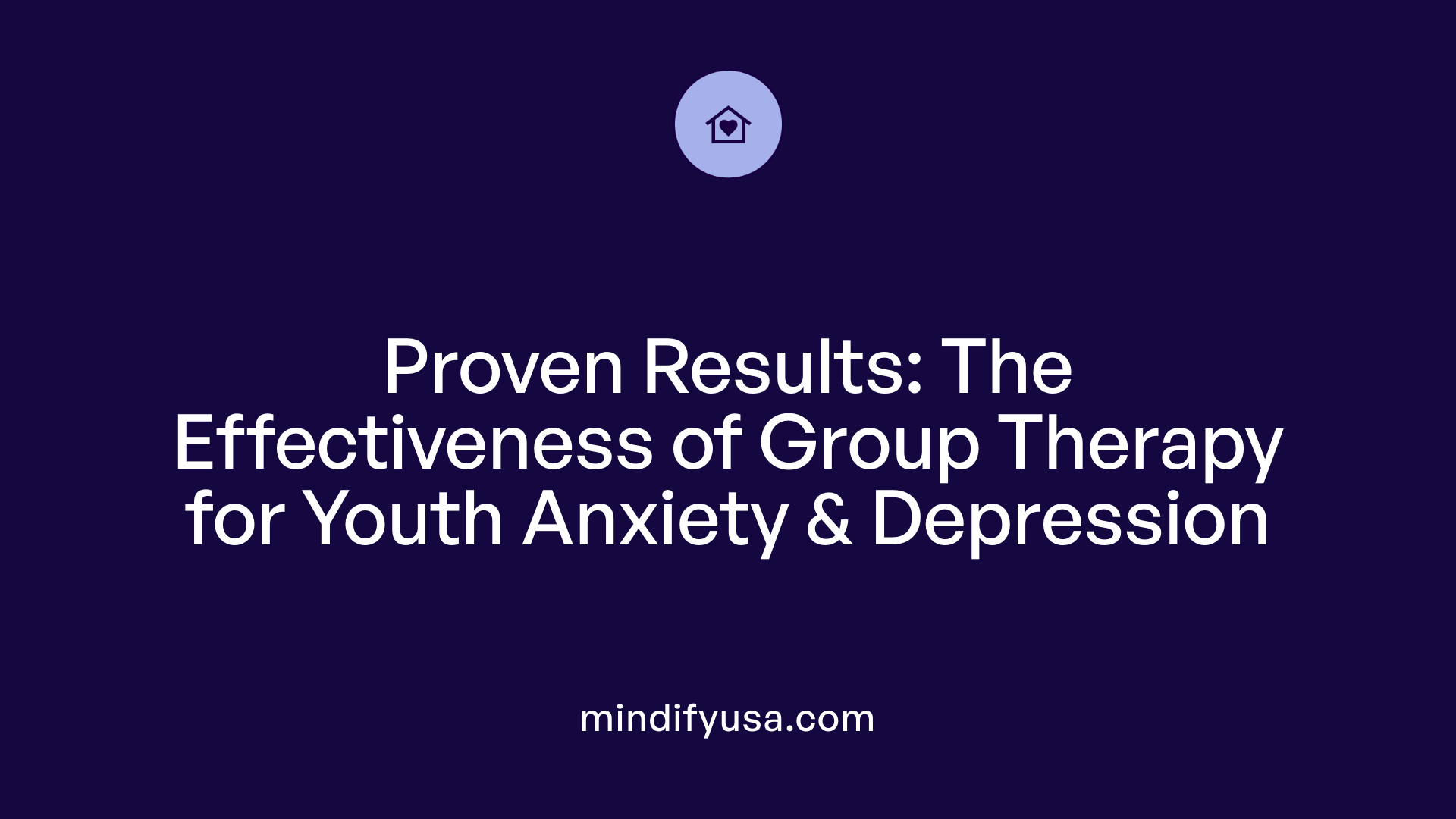
What Does Research Say About the Effectiveness of CBT and Group Therapy for Youth?
Systematic reviews demonstrate that school-based group interventions grounded in cognitive behavioral therapy (CBT) are effective tools in reducing mental health symptoms among youth. These targeted group therapies have shown measurable reductions in depressive symptoms with a standardized mean difference (SMD) of -0.16 and anxiety symptoms with an SMD of -0.33. This highlights the clinical benefit of structured group formats for common youth mental health challenges.
How Do These Interventions Impact Depression and Anxiety Symptoms?
The modest but significant symptom reduction from these group interventions indicates they serve as valuable preventive and therapeutic options. By delivering evidence-based strategies in group settings, youths gain coping skills and behavioral tools that collectively contribute to improved mental health outcomes. Programs like the Child Mind Institute's age-specific anxiety groups (e.g., Brave Buddies®, Emotion Detectives) underscore this age-tailored approach.
How Does Group Therapy Compare With Other Treatments Like Antidepressants?
When focusing specifically on depression in adolescents, psychological therapies including CBT exhibit comparable effectiveness to antidepressant medication in achieving remission. This suggests group-based psychological approaches can be equally viable treatment alternatives or complements to pharmacological interventions. The evidence reflects a broader commitment to providing multiple accessible treatment pathways that cater to youth preferences and clinical needs.
Innovations and Digital Platforms in Adolescent Anxiety Interventions
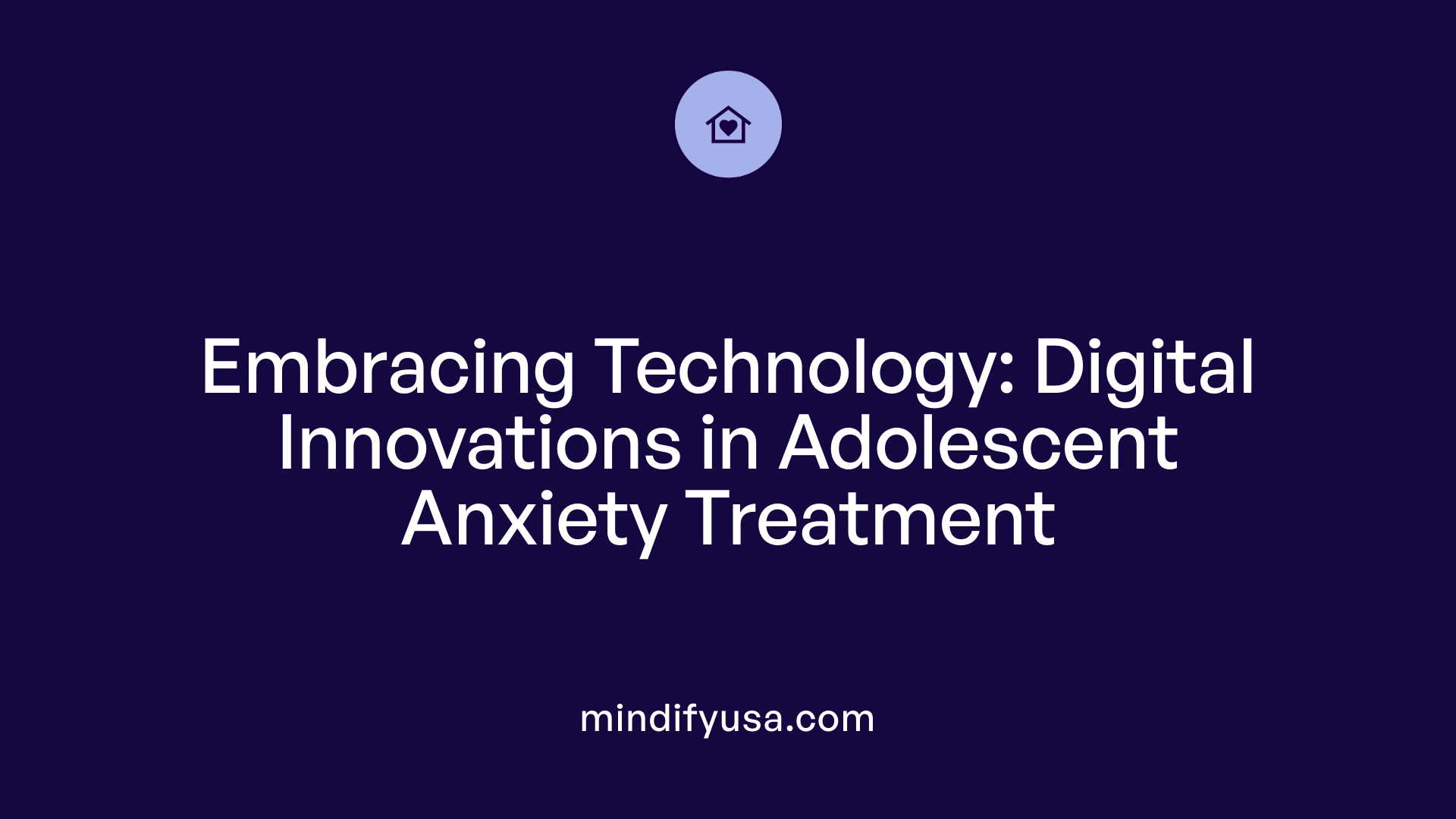
What emerging internet-based prevention and treatment programs exist for adolescent anxiety?
Recent advances have introduced internet-based platforms designed to prevent and treat anxiety and depression among adolescents. These digital programs offer accessible, flexible options that can reach youth in diverse settings, including school and home environments. They leverage interactive modules, virtual coaching, and self-paced activities aimed at reducing symptoms and improving coping strategies.
What are the limitations and needed research on digital mental health interventions?
While digital interventions show promise, current research reveals a need for more rigorous studies to confirm their effectiveness. Many programs have yet to undergo comprehensive randomized controlled trials. Additionally, there's limited data on long-term outcomes and the best methods to engage youth consistently through digital means. Future research must address these gaps to optimize digital tools for adolescent mental health.
How do exercise and arts-based community programs complement digital and clinical treatments?
Community-based activities like music, dance, and visual arts provide beneficial impacts beyond traditional therapies. They help improve behavioral changes, boost self-confidence and self-esteem, and encourage physical activity—all of which are important for mental well-being. Exercise, particularly, has been found effective in reducing depressive symptoms and enhancing self-esteem, though not significantly impacting anxiety. Together, these programs serve as valuable complements to digital and clinical interventions, supporting a holistic approach to adolescent anxiety treatment.
Comprehensive Group Therapy as a Cornerstone for Teen Anxiety Treatment
As adolescent anxiety and depression rates continue to climb, group therapy curriculums offer structured, evidence-based approaches that complement broader mental health services. Integrating thorough clinical assessment, family involvement, and supportive community initiatives enhances their effectiveness. Ongoing innovations—including digital tools and school-based programs—expand access and engagement. Ultimately, comprehensive group therapy models represent a pivotal step toward addressing the complex mental health needs of today’s youth, promoting resilience and recovery in critical developmental years.












